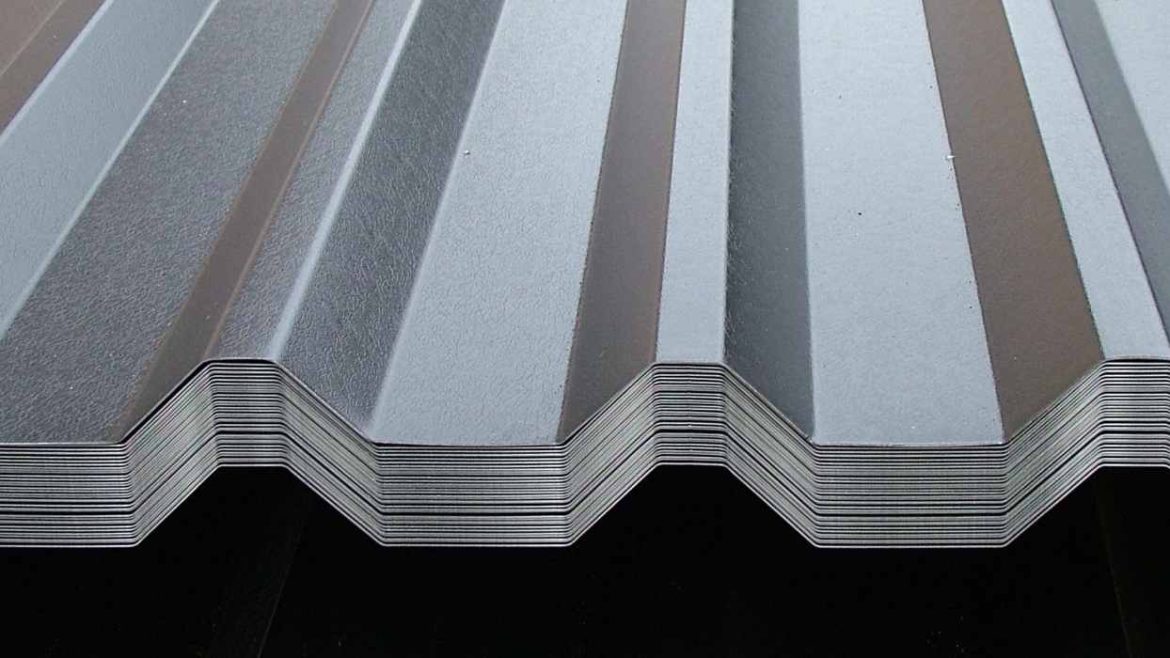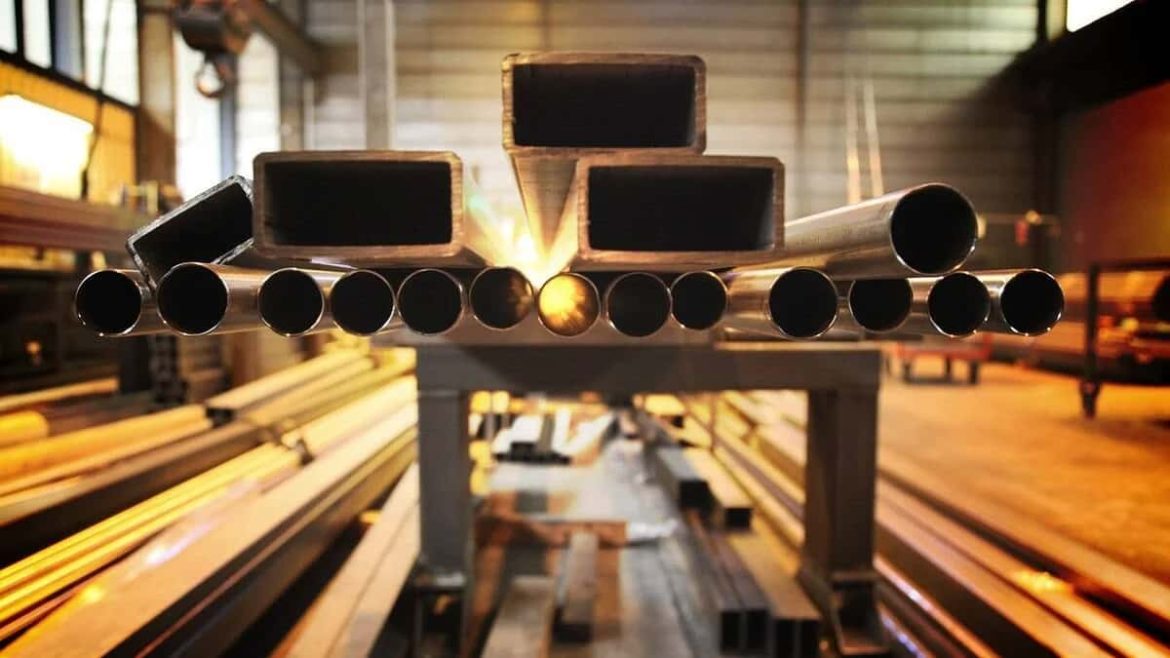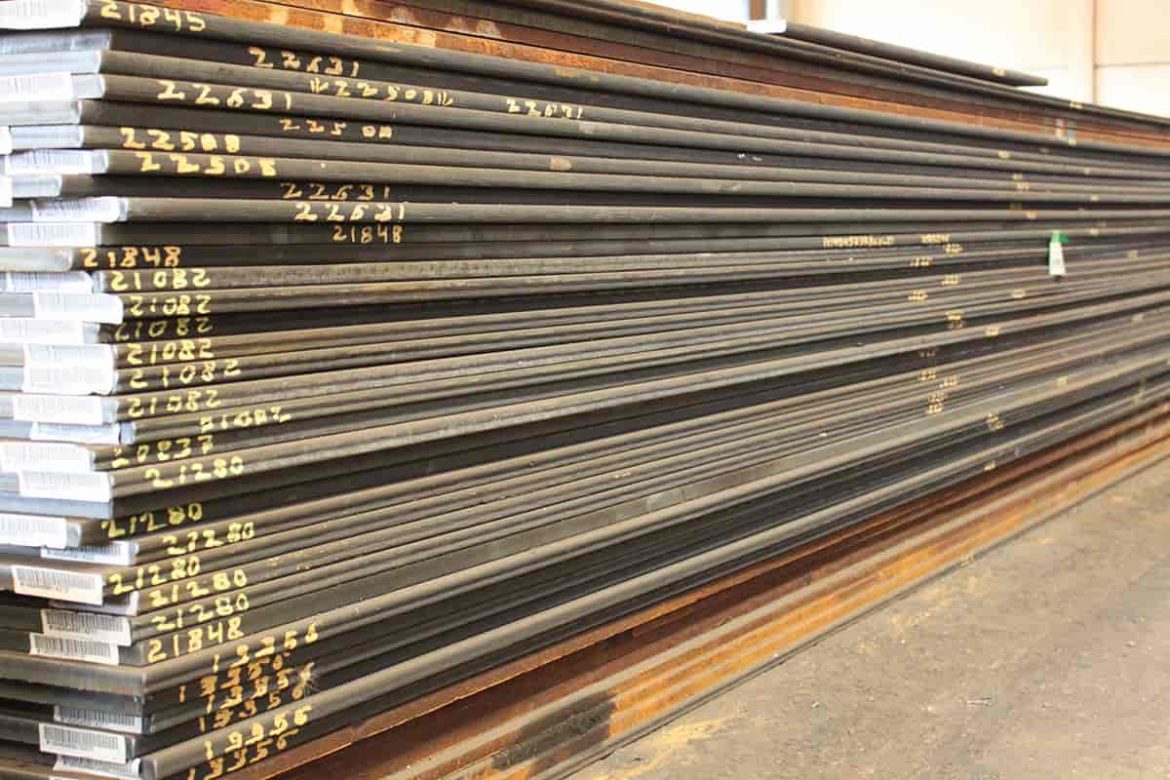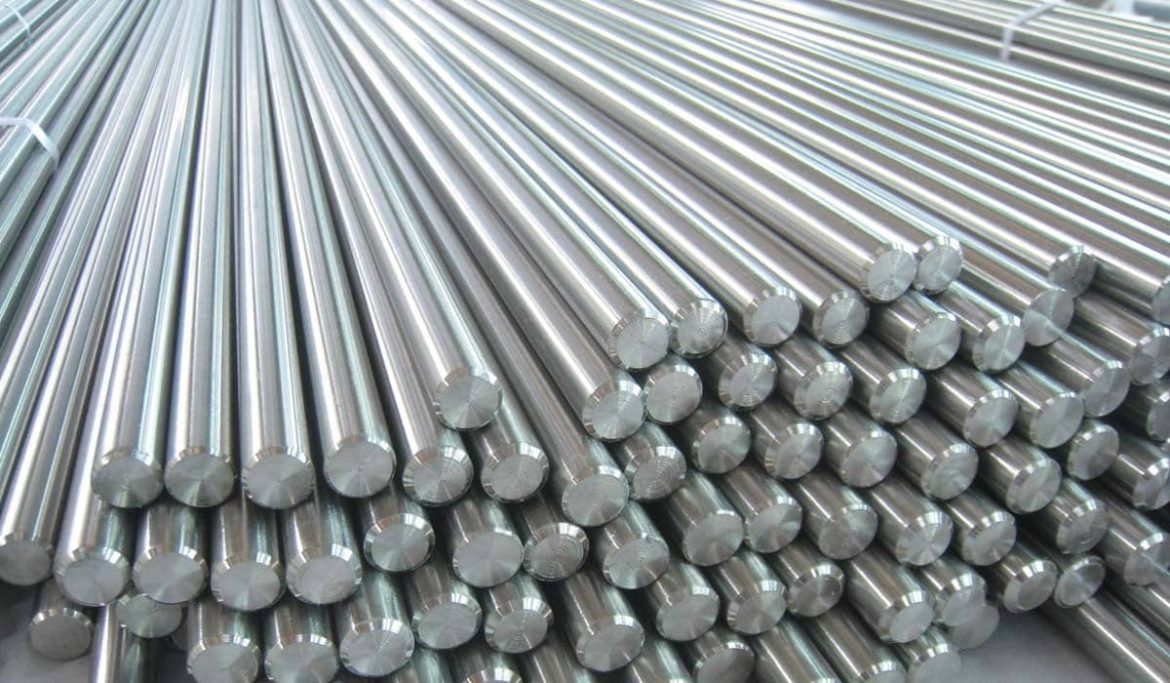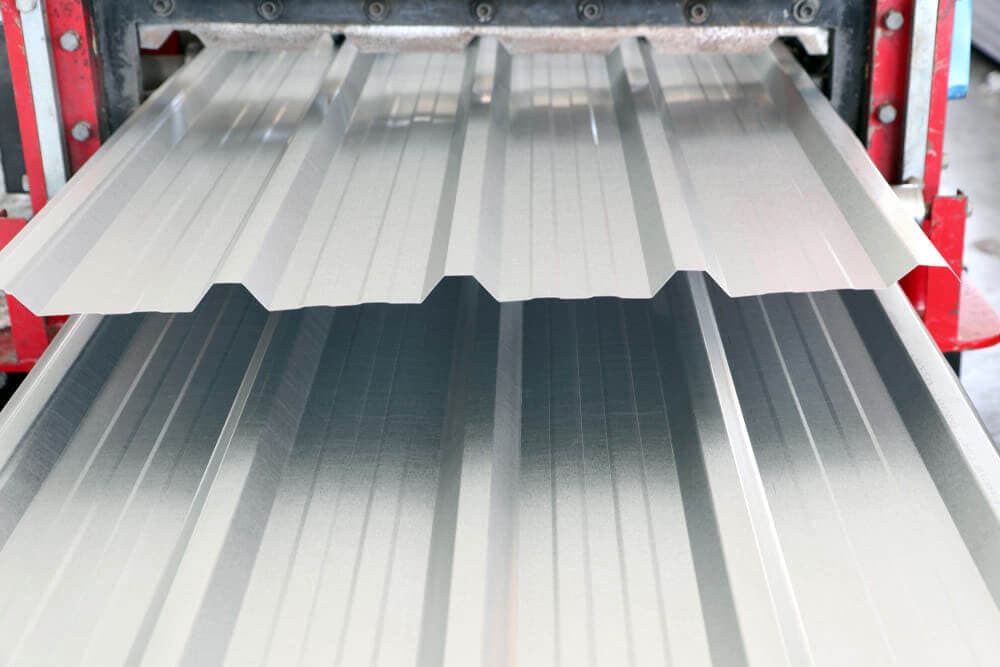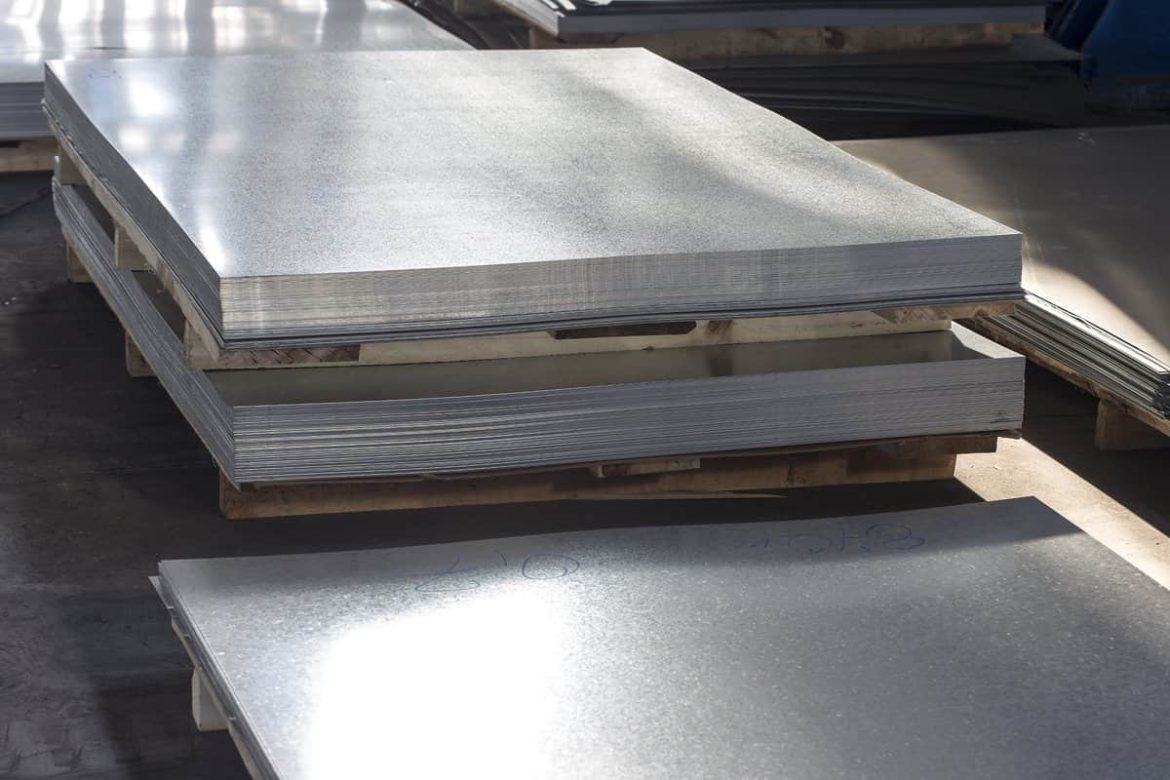Special Steels for the Manufacturing of Quality Agricultural Machinery
Wide variation in soil structure and quality is reflected in the manufacturing of various agricultural machinery
As a result, special attention is paid to steels production
Everyone knows that agricultural land is a very diverse unit, not only in terms of organic and inorganic components, but also in terms of conditions determined by the depth of processing
In addition to the presence of structures and skeletons and the content of organic matter, cultivated soils can vary greatly in terms of moisture, compaction, and the amount of crop residue on the surface
This wide difference is necessarily reflected in its applicability: from this point of view, the definition of “heated soil” refers to the ideal state of the plowing and refinement of the working class
Even under such optimal conditions, many equipment operating in this sense not only operate passively by sliding, such as plows or subsoilers, but are also subject to quite strong frictional phenomena in active, often circular-moving devices, same as rotary drag and shovel
Finally, there is no shortage of intermediate equipment for these two extremes, such as cultivators and diggers

In both cases, the work pieces are constantly exposed to severe wear and dynamic stress caused by the most abrasive components of the soil in the first case, and by rocks, stones, roots and other woody plant parts in the second case
still need to be installed or inserted into the treated layer
Therefore, steel, and perhaps other alternative or additional materials, cannot be a common type of work pieces, but must have certain characteristics, which sometimes contradict each other: it is not easy
In fact, it is important to combine the great qualities of strength, cohesion, abrasion/wear resistance, flexibility, ductility and ease of processing in one material
Hardox Steel
Patented as a trademark of the Swedish steel company SSAB, Hardox plate is part of a large family of high-strength steels with strong corrosion resistance properties in addition to their hardness and strength
Its yield strength and typically very high fracture rate allow the Hardox structure to retain its original shape without permanent deformation even after significant dynamic stress
In addition, the high strength allows the plate to be bent, shaped and welded without cracking
During plastic deformation, Hardox withstands without cracking and, in the exceptional case of local cracks, does not spread
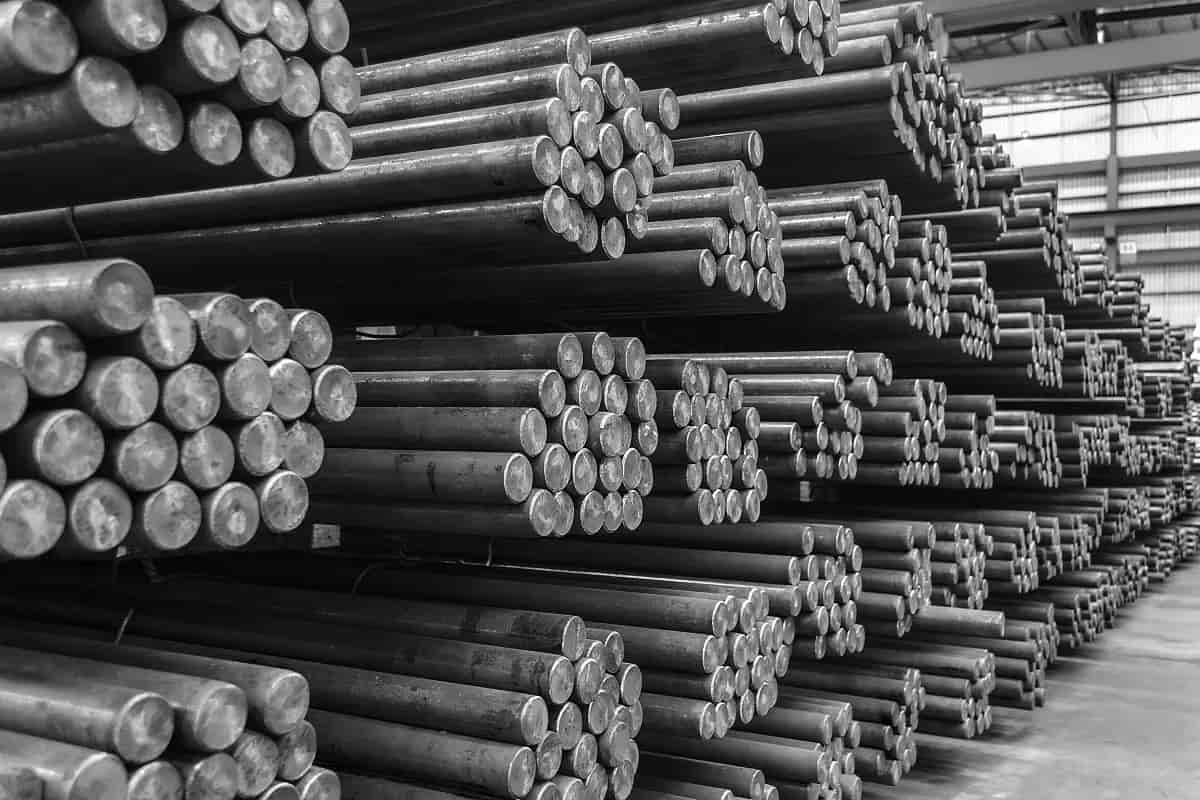
Strenx is a steel with a very high yield strength between 600 and 1300 MPa, so agricultural machinery can be produced with up to 40% weight reduction and the same load resistance
Domex, on the other hand, consists of a wide variety of structural steels, which, due to their fine structure, are suitable for cold forming, machining, and welding
Corrosion-resistant versions are also available, with zinc-plated, zinc-plated, and zinc-coated
Hot-dip galvanized up to 42 millimeters thick on both sides ensures a particularly long service life
In particular, Galvannealed Domex has a coating of 6-10 thousand millimeters of zinc-iron alloy, which is suitable for spot welding and high-level plating
Therefore, many parts of agricultural machinery benefit from high-strength steel: plows, cultivators, rotary tractors, rippers, trailers and sprayers
Furthermore, each part and/or component of the machine is made of special steel according to the distinguishing characteristics such as resistance to static and dynamic loads, resistance to wear and corrosion, and lightness
Tungsten Carbide
As a chemical element, tungsten was first extracted from wolframite in 1781 by Swede SV Scheele; In Swedish, the name “tungsten” means “heavy stone” and emphasizes the very high density
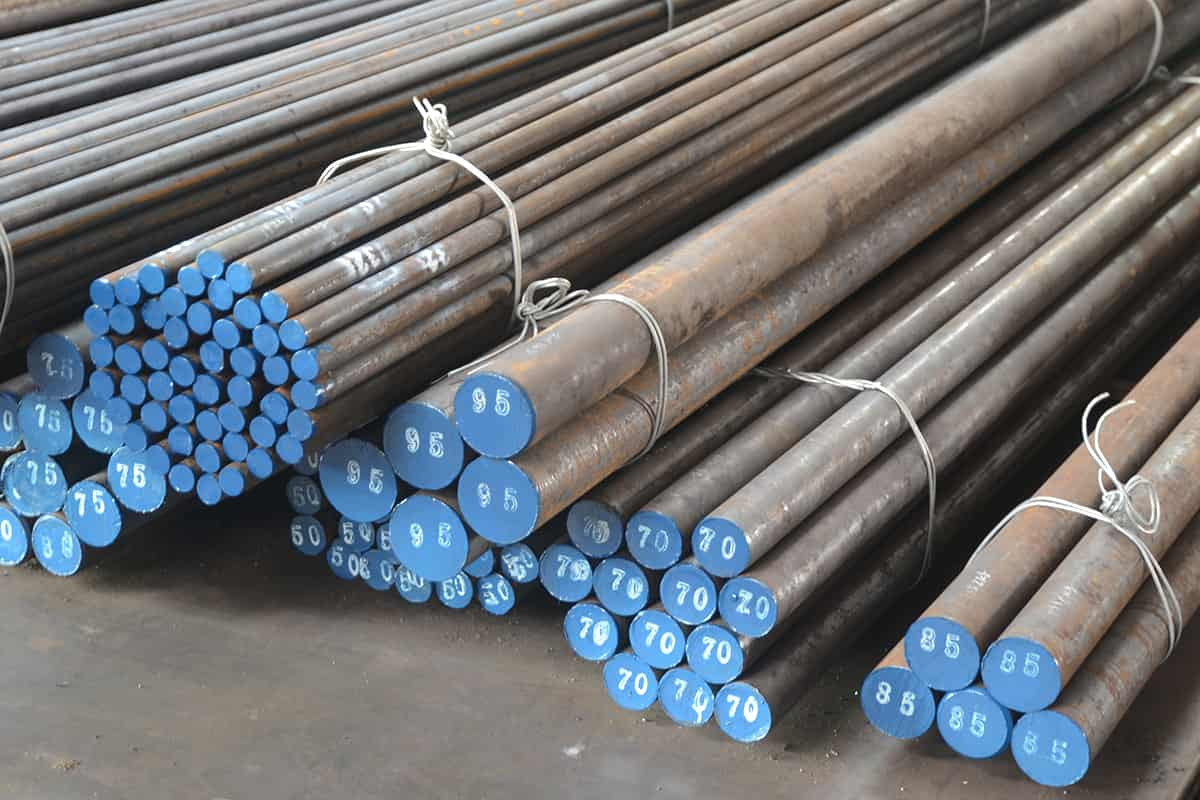
Carbonization of tungsten involves the use of graphite, carbon dioxide or methane as a carbon source in an environment with temperatures ranging from 400 to 2000 degrees
First, the addition of cobalt as a binder produces a powder that melts at 1200-1600 degrees Celsius, and solidification removes the porosity of the material
Tungsten carbide’s melting point (~2900 °C!), high surface hardness and very high resistance to wear and high temperatures allow for higher speeds, making it an ideal tool
A cutter that maintains its efficiency much longer than traditional steels made from alloys and steels
It has been widely used in road milling, tunnel construction and many other civil engineering works since its time and has been increasingly successful in recent years as a solution to increase the reliability and duration of performance
Friction with the working members of some agricultural machinery, especially those used in working soil, and with the products to be processed in general, is very important
The plate manufacturing process, which is commonly used in agricultural equipment parts, requires very close control at each stage of production
After kneading, various pressing steps are carried out to obtain the plates to be welded in their final position, sometimes the entire workpiece is heated to a temperature of 800 °C for better structural uniformity
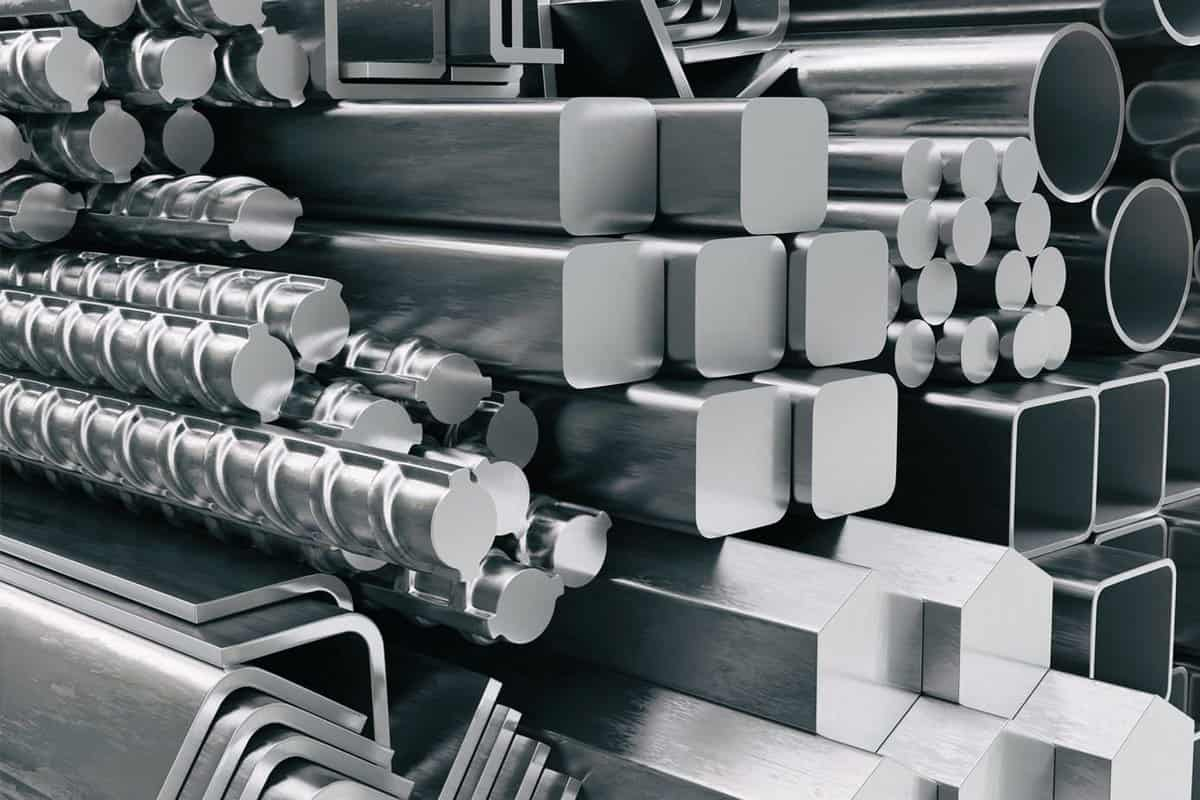
In addition to the application of the plate in the most suitable part, it is better to coat the entire workpiece with tungsten carbide: for example, this is the case with the cutting knife of a cutter, the blade of a spreader and a scraper
of rotating archery coils
In addition to increasing surface hardness, the coating reduces the coefficient of friction and improves resistance to high temperatures
Not Just Steel
The search for the best corrosion resistance in agricultural field work has led to non-metallic materials other than steel
Plastics can be a useful alternative in some cases, for example in the construction of avanfoamers and plows, where technological developments have allowed the friction between the tool and the ground to be reduced in order to reduce the traction required on the soil
Among the various solutions, some successes have been achieved by coating the sliding surface of the plow line with Teflon, or by producing an entire polyethylene mold supported by a steel-reinforced skeleton
Compared to conventional metal fittings, this plastic material reduces friction, reduces wear, reduces adhesion to the surface in contact with the ground, is lighter and has the same dynamic resistance
